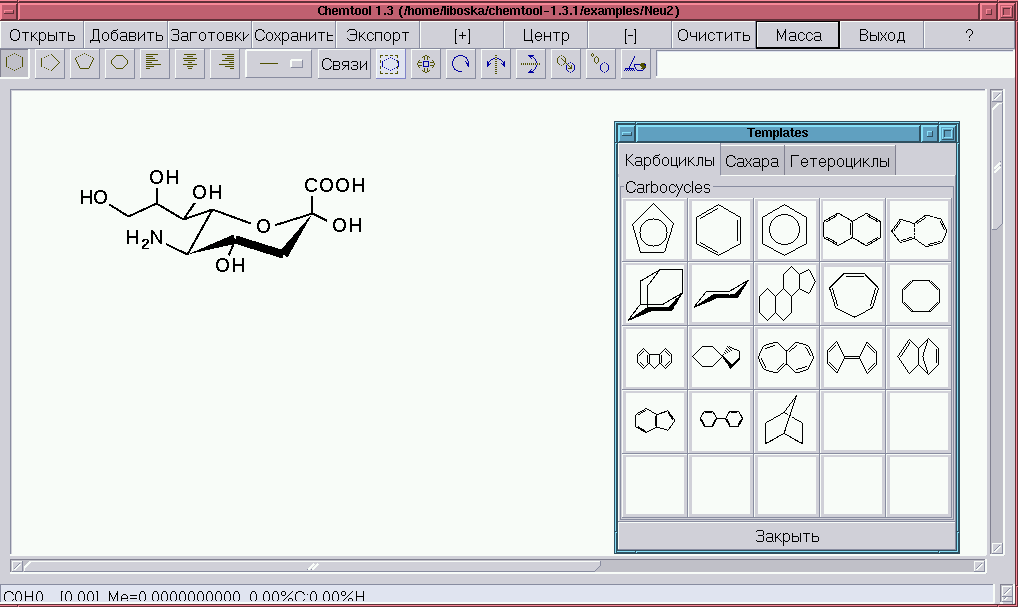Installing Xfig Using Fink

Whos Afraid Of Virginia Woolf Play Pdf on this page. Xfig replacement on Mac OS X. Xfig can also be installed via 'Fink Commander'. It is really easy to install. One of the problem to use xfig is that it requires. We modify Unix software so that it compiles and runs on Mac OS X and make it available for download as a. Fink, you can install other packages, using the. *** Then I tried to install xfig using fink and got: $xfig dyld: Library not loaded: /usr/X11/lib/libpng12.0.dylib Referenced from: /sw/bin/xfig Reason.

Installing Fink on Mac OS X by At its heart, Mac OS X is a Unix operating system. This means that plenty of Unix open source software compiles and runs on it.
However, compiling software can be tedious, especially if it has many dependencies, or if it hasn't been tested on Mac OS X. You have to perform the usual configure/make/make install process and hope it all works fine. Maybe you have to tamper with the makefile or even the source code. Moreover, you'll need to make sure all libraries used by the software are installed.
The, which began in December 2000, has two goals. It aims to port all this software to Mac OS X ('porting') and makes it available for install ('packaging'). As a full package management system, based on Debian's apt system, it installs and uninstalls packages, tracks dependencies, installs the packages that are needed, updates the packages, etc.
Bottom line: installing Unix software on Mac OS X with Fink is a piece of cake (most of the time). There can be challenges, however, and I'll cover those in a minute. Fink isn't the only package management system available for Mac OS X. The, started in 2002, has similar goals. While DarwinPorts has fewer packages available than Fink, the available ones tend to get updated more frequently.
The two package management systems can even coexist on the same system. So it's perfectly possible to use Fink for the packages it contains, while using DarwinPorts for the packages missing in Fink, but listed in DarwinPorts. In June 2003, Fink, Gentoo Linux, and DarwinPorts announced the formation of a cooperative development alliance, the MetaPkg initiative. Their projects would share information to avoid duplication of effort and facilitate the development of the different projects. However, since the announcement, no substantial information seems to have been added to the website.
This doesn't mean Metapkg is dead. Developers of Gentoo, Fink, and DarwinPorts frequent each other's chat rooms and are working together daily. The power of Metapkg really lies in the charter the different partners signed. In July 2004, the GNU/Linux project released their Portage package manager for Mac OS X. Gentoo for Mac OS X, as the project is called, hasn't been able to get a big fanbase, partly because many of the packages aren't tested. This could change in the future, but for now it seems Gentoo for Mac OS X can't beat the two other package managers.
Reasons to Use Fink Related Reading By. Fink has some attractive features. First of all, installing software with Fink is plain easy.
If you want to install a package, Fink searches which other packages have to be installed to let the package work, downloads all packages, and installs them. Uninstalling or updating a package is as easy.
Maybe you're worried that Fink tinkers with Mac OS X. Keep in mind that you can use Fink safely because it doesn't alter anything in the operating system. All packages and Fink-related files get into their own directory: /sw.
For example, executables go into /sw/bin and configuration files in /sw/etc. The whole Fink distribution with all packages can be uninstalled by deleting this directory. After that, Mac OS will still function properly.
(Of course, if you used Fink-installed programs in scripts, these won't work anymore.) Fink has a coherent collection of packages. Installed files all come in a standard place on your hard disk.
Binaries, man pages, documentation, configuration files--all go in an easy to find place. If you update a package, its documentation and man pages get updated too. There's no need to download the documentation separately, with the chance of getting documentation for a different version of the software. Reasons Not to Use Fink For all of its great features, Fink isn't always the perfect solution to install Unix software on your Mac. First of all, it has the tendency to install its own versions of libraries, headers, and programs that are already on a standard Mac OS X installation.